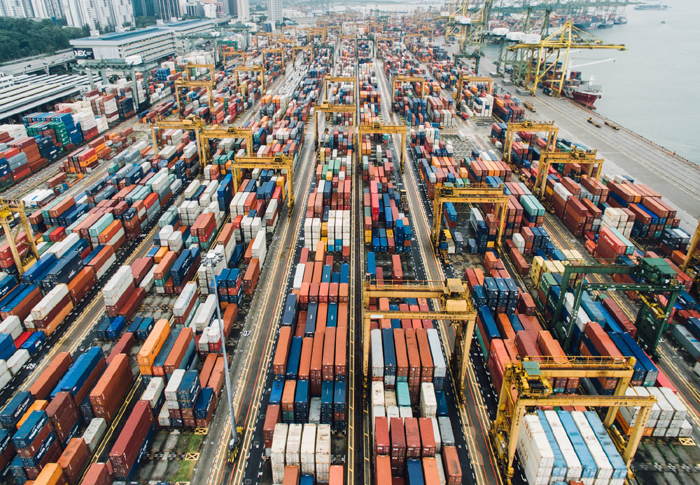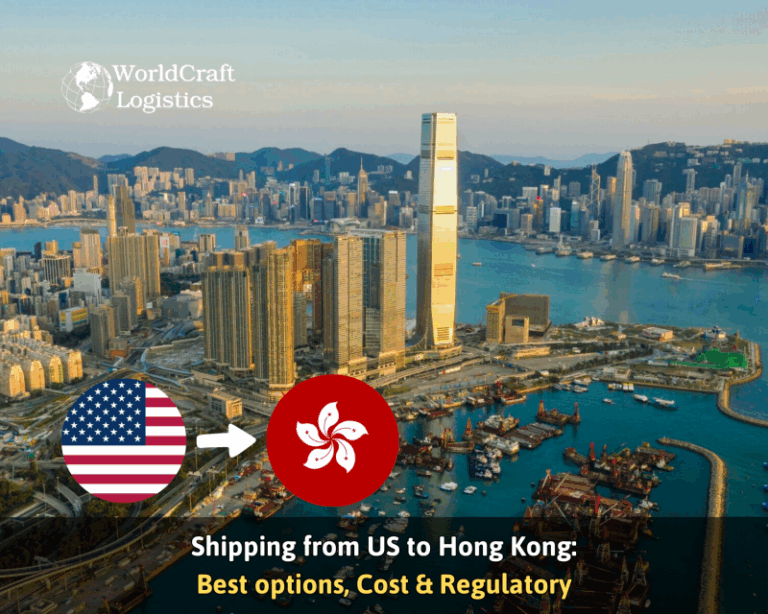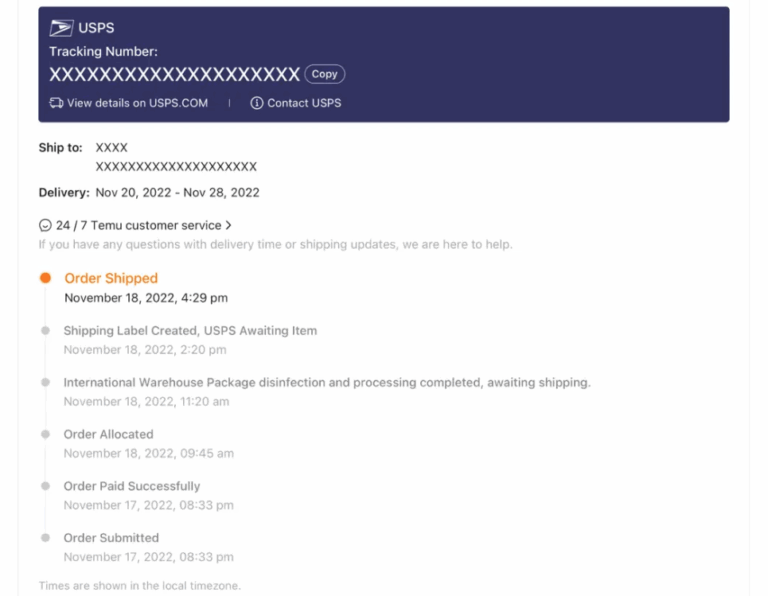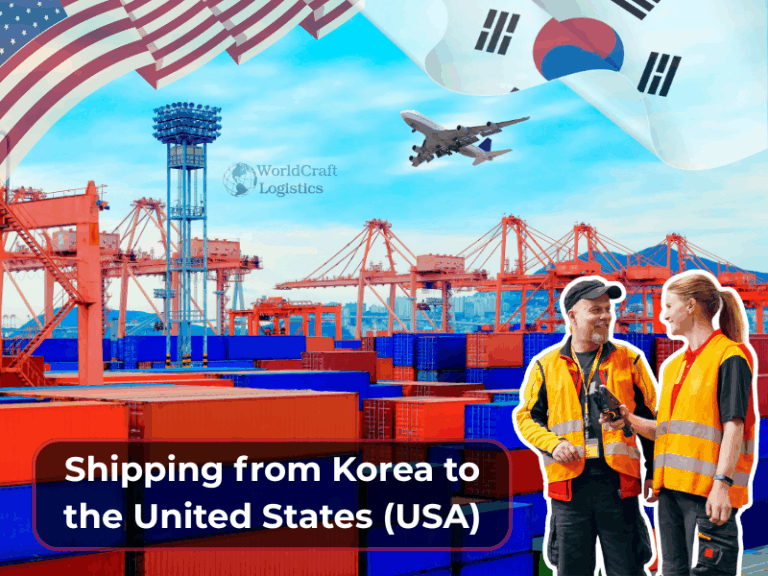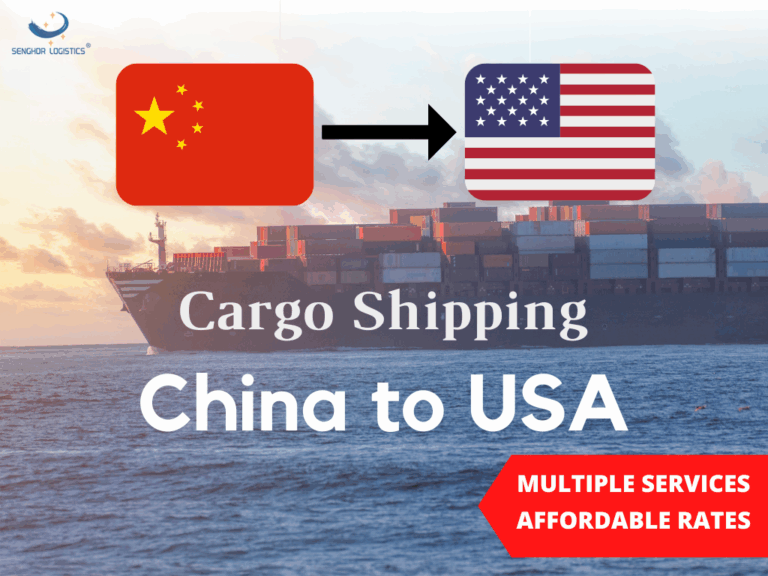Shipping to Puerto Rico: Costs, Services, and Key Considerations
Shipping to Puerto Rico, a U.S. territory in the Caribbean, is a critical logistics process for businesses and individuals sourcing goods from major exporting countries or relocating personal items. With the Port of San Juan handling a 12% increase in container traffic (Twenty-foot Equivalent Units, TEUs) in the past year, according to the Puerto Rico Ports Authority, the island is a vital trade hub. Users searching for “shipping to Puerto Rico” likely want to understand transportation costs, identify reliable service providers, and navigate potential challenges. This in-depth guide explores sea and air freight options, associated costs from key origins like the USA, China, and Europe, service providers, and essential considerations to ensure efficient and cost-effective shipping.
Shipping Options to Puerto Rico
Shipping to Puerto Rico is primarily divided into sea freight and air freight, each suited to different needs based on shipment size, urgency, and budget. Sea freight includes Full Container Load (FCL), Less than Container Load (LCL), and Roll-On/Roll-Off (RoRo) for vehicles or oversized cargo. Air freight encompasses bulk air cargo and small parcel express services. Below, we detail these options to help you choose the best method.
Sea Freight: Economical for Large Shipments
Sea freight is the most cost-effective option for shipping large or heavy cargo to Puerto Rico, ideal for businesses importing bulk goods or individuals moving household items. The Port of San Juan is the primary gateway, handling most maritime traffic, while the Port of the Americas (Ponce) supports transshipment.
Full Container Load (FCL)
FCL involves exclusive use of a 20-foot or 40-foot container, offering security and control for shipments occupying at least 50–60% of a container’s capacity (33.2 cubic meters for a 20-foot container or 67.7 cubic meters for a 40-foot container). From Jacksonville, USA, to San Juan, FCL ocean freight for a 40-foot container typically costs $3,500–$5,500 (terminal-to-terminal), with additional fees for inland transport or fuel surcharges. From China, transit times range from 20–40 days, with costs varying by port (e.g., Shanghai or Shenzhen).
Less than Container Load (LCL)
LCL is suitable for smaller shipments consolidated with other cargo, with costs based on volume (per cubic meter) or weight if exceeding the weight-to-volume ratio. LCL is ideal for shipments under 15 cubic meters. For example, a standard pallet (48″ x 40″ x 48″) from Jacksonville to San Juan may cost $135–$165, though rates depend on the provider and additional services. Transit times from China are typically 35–50 days, with costs starting at $100–$200 per cubic meter.
Roll-On/Roll-Off (RoRo)
RoRo is used for vehicles, heavy machinery, or oversized cargo, driven directly onto and off the vessel. It’s often the cheapest and safest option for such items. Costs vary by size, weight, and value, but RoRo is generally less expensive than container shipping for vehicles. Freight forwarders can provide tailored quotes.
Air Freight: Speed for Urgent Shipments
Air freight is faster but more expensive, ideal for high-value, time-sensitive, or perishable goods. Key airports include San Juan Luis Muñoz Marín International Airport and Aguadilla Rafael Hernández International Airport.
Bulk Air Cargo
Bulk air cargo suits larger shipments requiring speed but not express urgency. Transit times from China to Puerto Rico are typically 8–10 days, though express options can reduce this to 3–5 days. Costs are based on actual or volumetric weight (length x width x height in cm ÷ 6000). Common goods include electronics and pharmaceuticals, with rates from China to North America averaging $3.75/kg, varying by season and carrier.
Small Parcel Express Services
Express couriers like DHL, FedEx, UPS, and Cainiao Express are ideal for small parcels or documents. From the USA, a 1 kg package via USPS Priority starts at $23, with transit times of 2–6 days. From China, Cainiao Express offers small parcel shipping at 267 CNY (approximately $37 USD at 7.2 CNY/USD) for shipments taking 30–40 days, reflecting a cost-effective air freight option for e-commerce. Faster express services (e.g., DHL or FedEx) cost $50–$100 for 1–5 kg parcels, with 3–5 day delivery.
Shipping Costs from Major Exporting Countries
Costs vary by origin, mode, cargo type, and services like door-to-door delivery or customs clearance. Below are estimated costs from the USA, China, and Europe, based on industry data and user-provided information.
From the United States
As a U.S. territory, Puerto Rico benefits from domestic shipping protocols, though the Jones Act (requiring U.S.-flagged vessels) increases maritime costs. Examples include:
- FCL (40-foot container): Jacksonville to San Juan costs $3,500–$5,500, with 3–5 day transit.
- LCL: A standard pallet costs $135–$165, plus pickup/delivery fees.
- Air Freight: Bulk cargo (150 lbs) costs $200–$500, with 2–5 day transit. Small parcels (1 kg) via USPS Priority start at $23.
- Express Courier: A 5 lbs package via FedEx/UPS costs $30–$50 for 2–5 days.
From China
China is a major exporter to Puerto Rico, supplying electronics, textiles, and machinery. Costs and times include:
- FCL (40-foot container): $2,343–$3,467 per FEU from Shanghai or Shenzhen, with 20–40 day transit.
- LCL: $100–$200 per cubic meter, with 35–50 day transit.
- Air Freight: Bulk cargo costs $3.75/kg, with 8–10 day transit. Cainiao Express offers small parcels at $37 USD (267 CNY) for 30–40 days. Faster express services (1–5 kg) cost $50–$100 for 3–5 days.
- Door-to-Door: Comprehensive services increase costs but simplify logistics.
From Europe
European ports like Algeciras and Rotterdam serve Puerto Rico, particularly for pharmaceuticals and machinery:
- FCL (40-foot container): $5,708 (Algeciras–San Juan) to $10,639 (Bilbao–San Juan), with 10–30 day transit.
- LCL: $100–$200 per cubic meter, with similar transit times.
- Air Freight: $2.11/kg for bulk cargo, with 5–10 day transit. Express parcels cost $50–$150 for 2–5 days.
Selecting a Service Provider
Choosing a reliable provider is crucial. Below are key players and their offerings:
- Interworld Freight: Specializes in FCL/LCL sea freight, offering door-to-port and door-to-door services across the Americas.
- Latin American Cargo (LAC): Provides sea and air freight from the USA, China, and Canada, with customs clearance and specialized equipment.
- Ameritrans Freight International: Offers FCL, LCL, and RoRo, with expertise in customs and documentation.
- FreightAmigo: A digital platform for comparing quotes, tracking, and documentation, ideal for businesses.
- SFL Worldwide: Partners with DHL, FedEx, and UPS for express services and offers air/sea freight from the USA.
- Shipito: Focuses on small parcel consolidation from the USA, with tax-free warehouse options in Oregon.
- Cainiao Express: Provides cost-effective air freight for small parcels from China, with rates like $37 USD for 30–40 day delivery.
Compare quotes and evaluate providers’ expertise in Puerto Rico’s logistics and customs requirements.
Key Considerations and Challenges
Shipping to Puerto Rico involves unique factors due to its U.S. territory status and location. Below are critical considerations:
Customs and Regulations
- Excise Tax: Household goods incur a 6.6% tax on CIF value. Accurate documentation avoids delays.
- Prohibited Items: Arms, ammunition, and high-value goods (e.g., jewelry) may face restrictions.
- Documentation: Includes Bill of Lading, commercial invoice, packing list, and permits. Freight forwarders ensure compliance.
- Vehicle Registration: Cars must be registered within 30 days and meet U.S. emissions standards.
Seasonal and Economic Factors
- Peak Seasons: Lunar New Year and U.S. holidays increase rates. Book early to avoid surcharges.
- Jones Act: Doubles maritime costs from the USA compared to nearby destinations, as noted on X.
- Tariffs: U.S. tariffs on Chinese goods may raise costs or disrupt services.
Logistics Challenges
- Transit Times: Sea freight from China (20–50 days) is slower than from the USA (3–5 days). Air freight, including Cainiao Express (30–40 days), is faster but costlier.
- Cargo Security: LCL shipments risk damage in shared containers. Use proper packaging or door-to-door services.
- Tracking: Real-time tracking via provider platforms ensures coordination.
Cost-Saving Tips
- Consolidation: Use LCL or parcel consolidation to reduce costs.
- Compare Quotes: Platforms like Freightos or FreightAmigo offer competitive rates.
- Tax-Free Warehouses: Shipito’s Oregon facility minimizes taxes for U.S. shipments.
- Plan Ahead: Avoid peak seasons and book early.
Conclusion
Shipping to Puerto Rico requires balancing costs, speed, and logistics. Sea freight (FCL, LCL, RoRo) suits large shipments, with costs from $135–$5,500. Air freight, including bulk cargo and express services like Cainiao Express ($37 USD for 30–40 days), is ideal for urgent or small parcels, starting at $23. Providers like Latin American Cargo, Ameritrans, and FreightAmigo offer tailored solutions, while customs compliance, the Jones Act, and seasonal factors demand careful planning. By comparing quotes and leveraging digital tools, you can ensure efficient, cost-effective shipping to Puerto Rico.
For quotes, contact providers like Latin American Cargo (latinamericancargo.com), Ameritrans Freight (ameritransfreight.com), or FreightAmigo (freightamigo.com). Start planning today for a seamless shipping experience.
